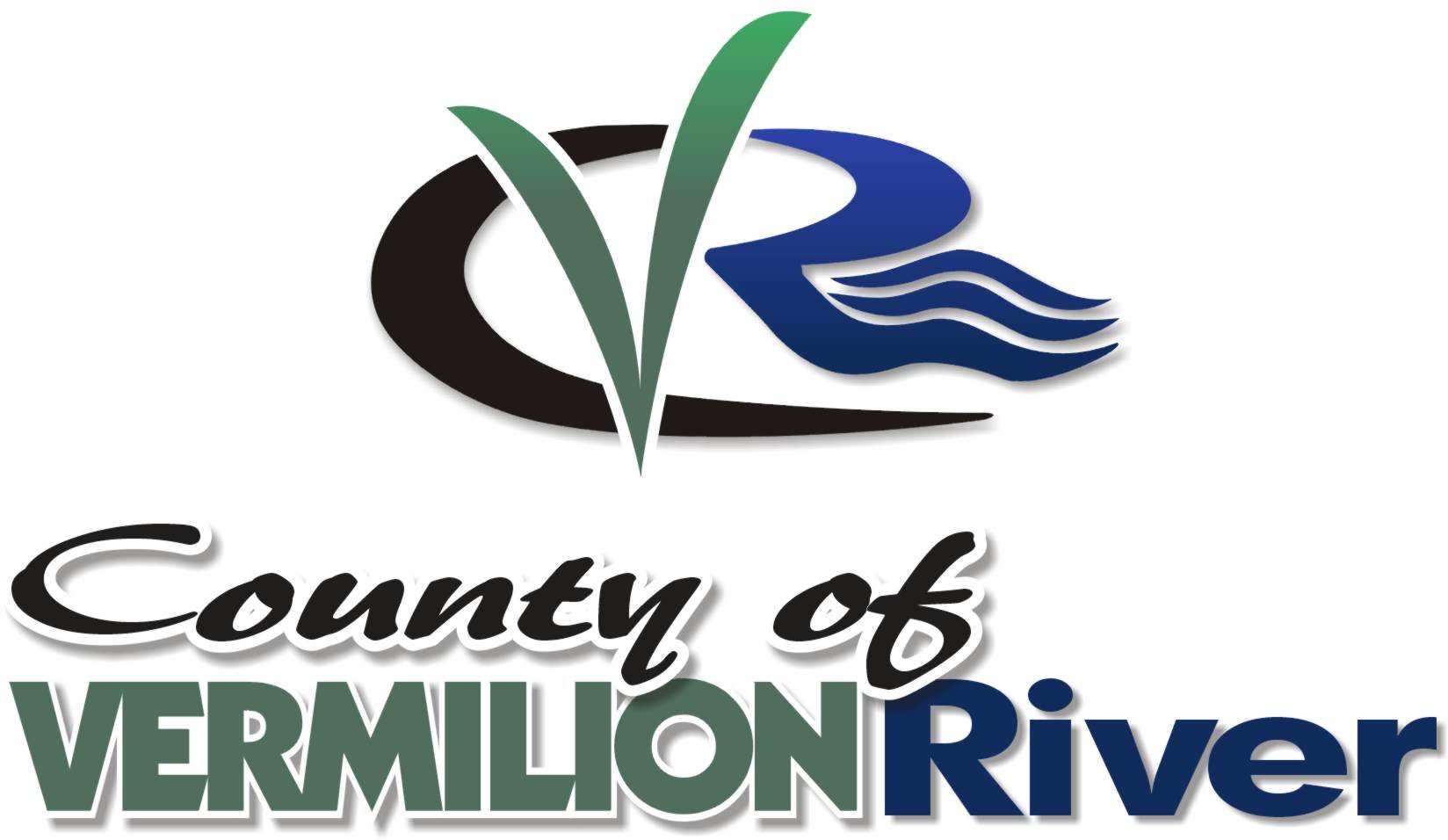Report observations of rats through EDDMapS, by calling 310-FARM, by emailing rats@gov.ab.ca or your local municipality!

Did you know
Rats are one of the most destructive invasive species in North America! Alberta remains the largest RAT-FREE jurisdiction in the world.
We are asking for your help to report observations of rats and any damage they may have caused using the AISC’s free invasive species reporting app, EDDMapS (iPhone or Android), by emailing rats@gov.ab.ca, calling 310-FARM, or by contacting your local municipality.
More information can be found by accessing AISC's resources below.
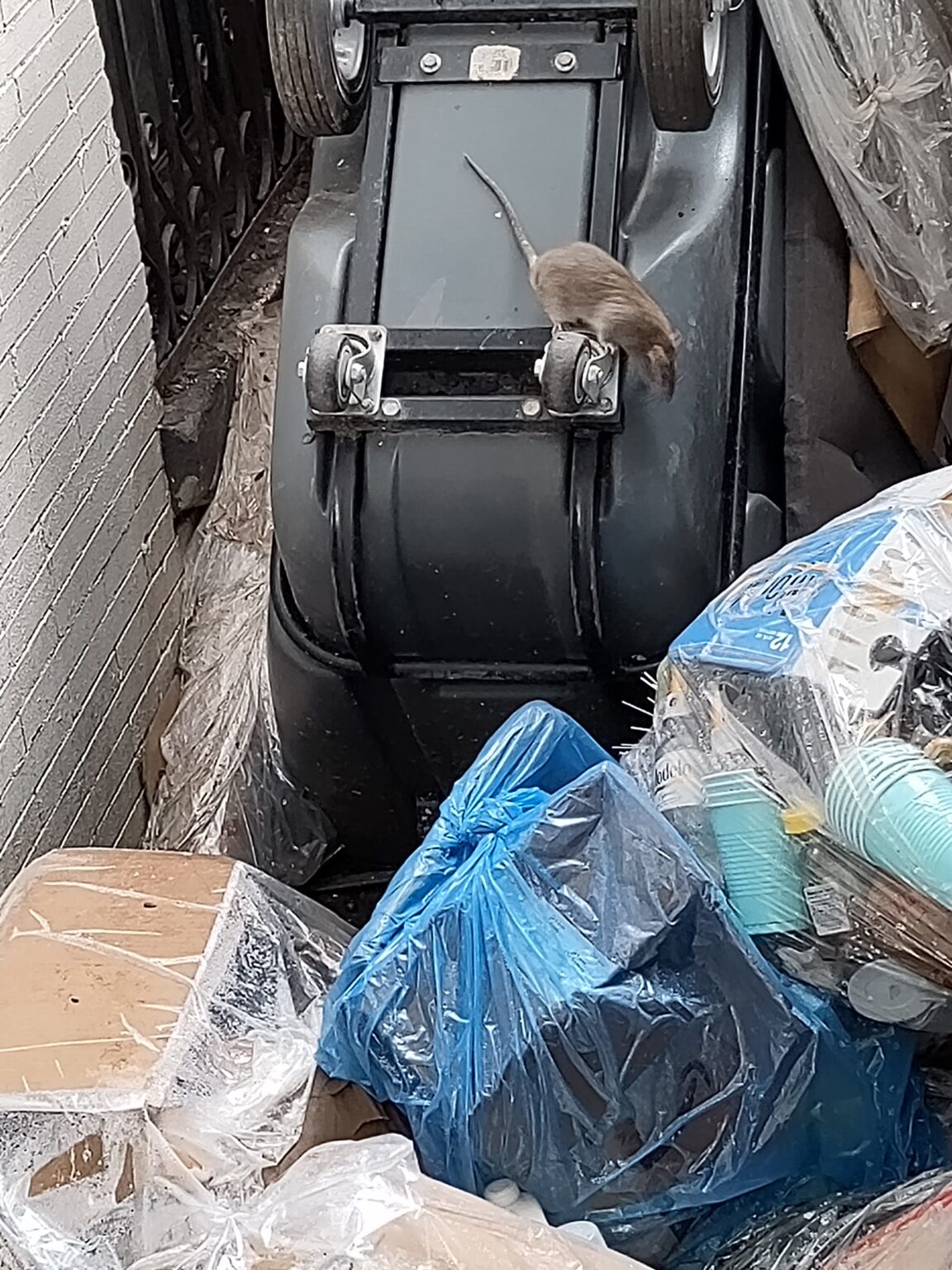

Background
Rats are believed to have been introduced to Canada around 1775 through early settlers docking their ships on the eastern coast. Since then, rats have spread all over North America, causing damage to crops, property, the environment, and can threaten public health through disease transfer. Specifically, rats cause approximately 25% of all reported fires of unknown origin as they gnaw on electrical wires, provoking electrical fires and power outages, and can significantly damage property and food. Rats are highly adaptable and reproduce quickly, making infestations difficult to control. They can be found on every continent except Antarctica and Alberta. This species is unique as it must live with humans or in their structures to survive. While there are no Canadian estimates, damages, contamination, and pest control in the United States caused by rats are estimated to be $19 billion annually.
Alberta's Rat Control Program
Alberta Agriculture and Irrigation (AGI) established a Rat Control Program in the 1950s when rats were first reported on Alberta's eastern borders, and is one of the most successful pest management initiatives in the world, keeping the province virtually rat-free for over 70 years. This program includes strict regulations, public education, and routine inspections of farms, businesses, and residential areas.
This program relies heavily on Albertans to report observations of rats. If you spot a rat or suspect rat damage, email rats@gov.ab.ca, submit a report using EDDMapS, AISC’s free smartphone app for reporting invasive species, call 310-FARM, or contact your local municipality. All reports are provided to the AGI Rat Control Team who work with local stakeholders to develop solutions.
Potential for Disease Spread
Rats are notorious carriers of diseases that can spread to humans and animals, posing serious public health risks. Disease transfer can occur directly through bites, scratches, urine, feces, and saliva of rats or indirectly through fleas, ticks, or mites. Rats are known to transmit over 35 different diseases, some of which come with big consequences. An example is Hantavirus, a rare respiratory disease found in the saliva, urine, and feces of rats, this disease is fatal and there is no known cure. Other diseases include the bubonic plague, Weil's disease, salmonella, leptospirosis, rat-bite fever, and trichinosis. The risk of disease outbreaks increases with rat populations, especially in areas with poor sanitation or where rats come into close contact with humans. Controlling rat populations is vital to reducing the potential spread of these diseases.

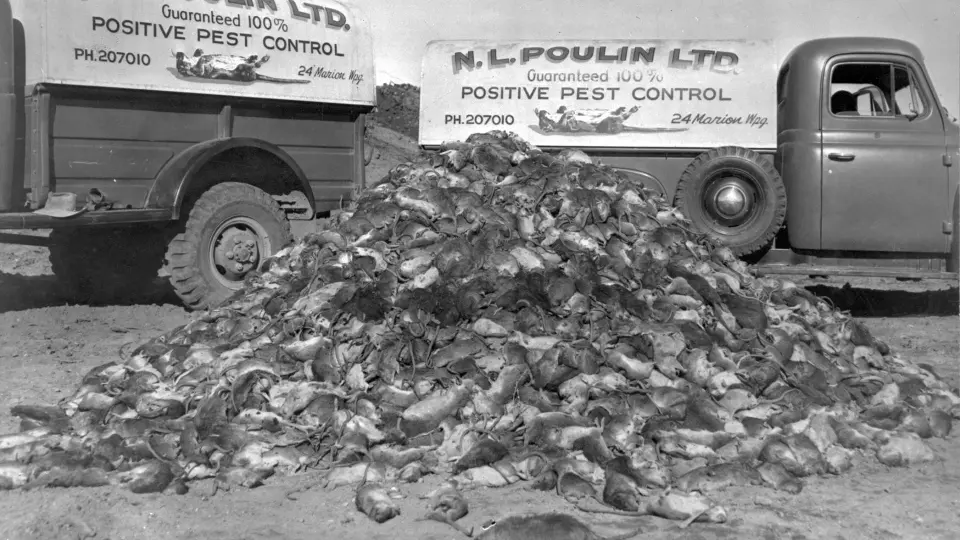
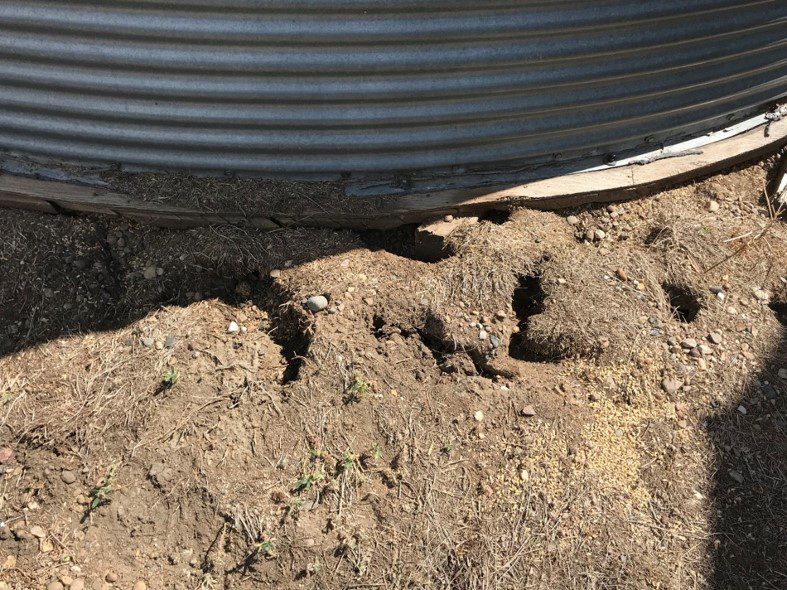
Need for Increased Awareness
Increasing awareness of the issue of rats is critical to the success of the Alberta Rat Control Program.
Most people in Alberta have never been in contact with rats and do not know what they look like or how to control them. The government's initial response was to educate the public on the impacts of rats, how to identify them, and the province's response through the Rat Control Program. The infamous 'You Can't Ignore the Rat' posters and other resources were widely distributed in the 1960s. While Alberta has maintained a rat-free status for decades, increased global trade, human movement, and climate change heighten the risk of rat introduction and infestation. The economic impact of a rat infestation can be devastating to farmers, businesses, and municipalities.
There is a need to promote awareness of this issue and provide current information about best practices associated with effective rat management as many may be unaware of the potential consequences of a rat population establishing in Alberta.
Alberta's Rat Control Zone
Alberta's Rat Control Zone (RCZ) was established in the 1950s to prevent rat infestations from spreading into the province. This 600 km long, 29 km wide buffer zone along the eastern border with Saskatchewan runs from Cold Lake to the Montana border. Natural barriers like the Rocky Mountains, boreal forest, and short-grass prairie protect other parts of Alberta, but the eastern border remains vulnerable.
The seven municipalities within the RCZ have appointed pest control inspectors who work diligently to monitor and manage potential rat activity. Their efforts, combined with public awareness, are essential to preventing the establishment of rat populations. Alberta’s success in staying rat-free hinges on maintaining the RCZ and ensuring prompt responses to potential infestations, protecting the province’s agriculture, infrastructure, and public health from the severe impacts of rats.
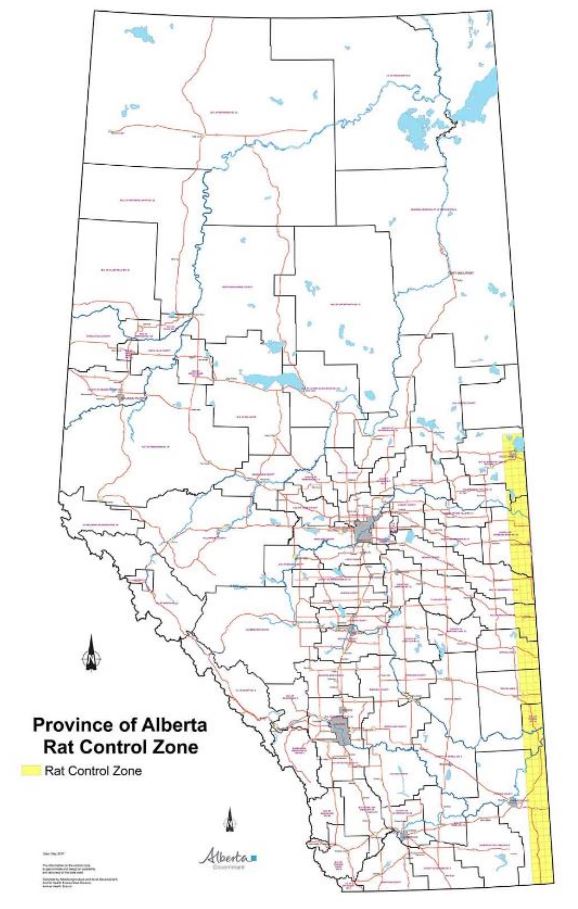

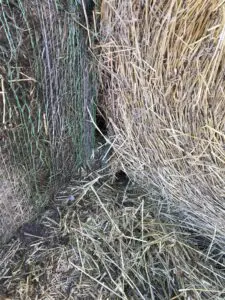
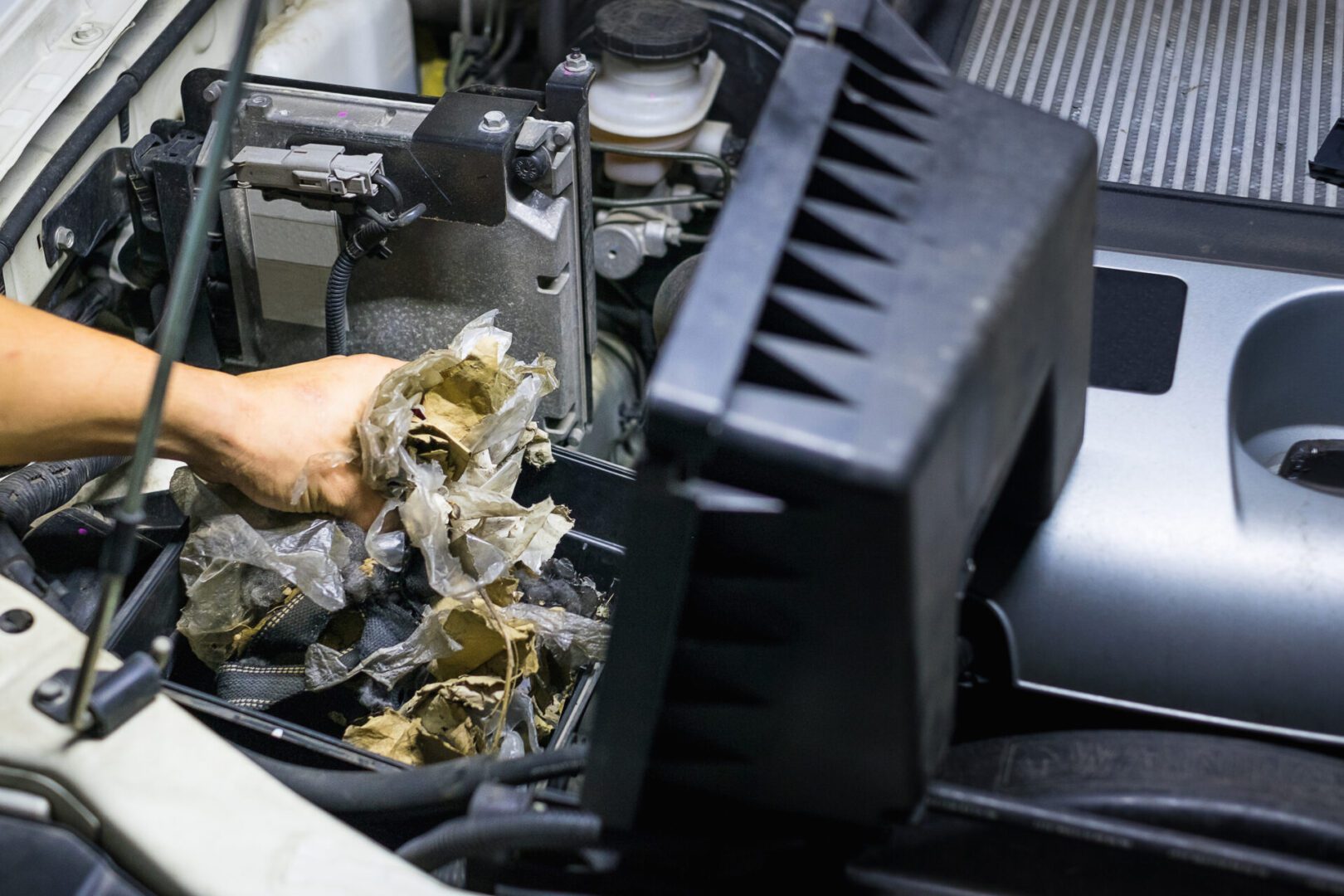


Rat on Rats! Campaign
To raise awareness, the Alberta Invasive Species Council worked with Alberta Agriculture and Irrigation's Rat Control Program to develop the new ‘Rat on Rats!’ campaign, which encourages the public to report observations of rats in the province.
Both web and print-quality images are available for promotion, contact communications@abinvasives.ca, if interested. Please promote these images on your websites, newsletters, or wherever you see fit!

Rat on Rats! Virtual Forum
The AISC will host a virtual forum for rats in Alberta on November 5th, 2024. Discussions with experts in the field focused on rats in the province, lessons learned from other areas, and how to move forward. Speakers will be:
- Karen Wickerson, Rat and Pest Specialist, Alberta Agriculture and Irrigation
- Lisa Sulz, Agricultural Supervisor, Cypress County
- Ted Stenson, Writer and Filmmaker
- Chuck Bargeron, Georgia Resident Dealing with Rats, University of Georgia
Additional information can be found at:
- Alberta Agriculture and Irrigation's Rat Control Program
- Alberta Agriculture and Irrigation's Rat Control in Alberta Sheet
- Alberta Agriculture and Irrigation's Rat and Mouse Comparison Sheet
- Alberta Agriculture and Irrigation's Rodent Identification Sheet
- Alberta Agriculture's Norway Rat Exclusion in Alberta by John B. Bourne
- AISC's Norway Rat Fact Sheet
- AISC's Roof Rat Fact Sheet - Coming Soon!
- AISC's Rat on Rats! Quick Facts Card
- AISC's Rat on Rats! Infographic
- AISC's Rat on Rats! Colouring Page
- AISC's Rat on Rats! Poster
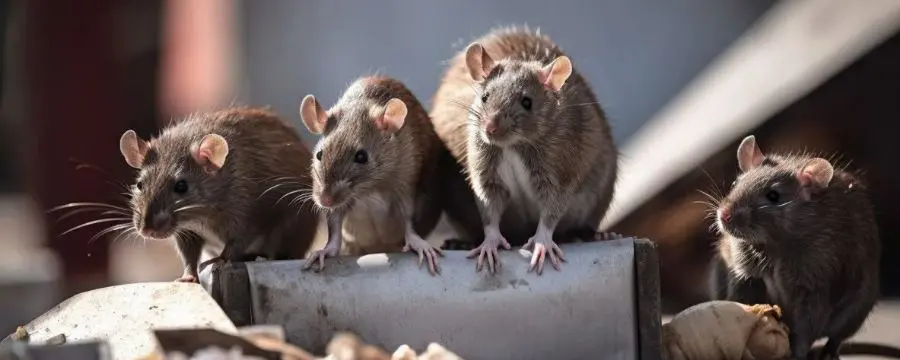
Municipalities on the Rat Control Zone








